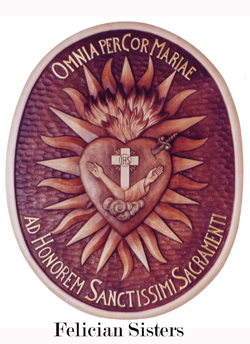|
AUSCHWITZ, March 29, 2007
George Santayana, the Spanish-born man of letters wrote, “Those who cannot remember the past are condemned to repeat it.”
It’s a phrase that is often repeated in concert with the lessons of Auschwitz.
This superlative of horror, the central icon of the Holocaust, still stands in the suburbs of the city of Oswiecim. Like all of Poland, Oswiecim was occupied by the Nazis during the Second World War. They renamed the city Auschwitz and converted a Polish military barracks to serve as both a concentration camp and a death camp. At first, mainly Poles were imprisoned in the camp. Later, numerous nationalities wound up there, primarily Russians and gypsies. Beginning in 1942, the camp became the site of the mass extermination committed against the European Jews as part of Hitler's plan for the complete destruction of that people.
If the world claims it didn’t know, then it didn’t want to know: “My first and foremost task will be the annihilation of the Jews”, Adolf Hitler wrote in 1922, twenty years before the wholesale murders began.
As it happens, the majority of the Jews deported to Auschwitz were sent to their deaths in Birkenau, an adjacent camp. Auschwitz I was primarily filled by Polish POWs, most of them Catholic of whom had been political prisoners or members of the Polish Home Army.
One such prisoner was Daniel Kaniuk, who bears the distinction of being among the longest survivors of Auschwitz, having arrived in 1940 as the camp was still being enclosed in barbed wire (this was among his jobs) and being liberated by the Soviets in 1945. We had the rare opportunity to interview him inside the camp, from which vantage he had seen the camp rise from barracks to an engine of the greatest mass murder in the history of humanity. Asked how he managed to survive, he repeats in Polish, “Szczęście, szczęście, szczęście…” Luck, luck, luck. He consents to the interview to memorialize those silenced by the Nazis.
Our pair of Zofias each lost friends in the camp, and at first did not want to accompany the film crew. But the chance of meeting a fellow survivor of the Polish Home Army finally impelled them to make the trip. It was far more difficult for them than can be expressed, but like so many visitors, they ultimately felt they must.
And they must. To pass beneath the cynical sign ‘Arbeit Macht Frei’ (Work will) make you free) is a life-altering experience, but to experience it is not only to remember the past, but to see the past, to touch it. And so, to never allow it to be repeated.
|







